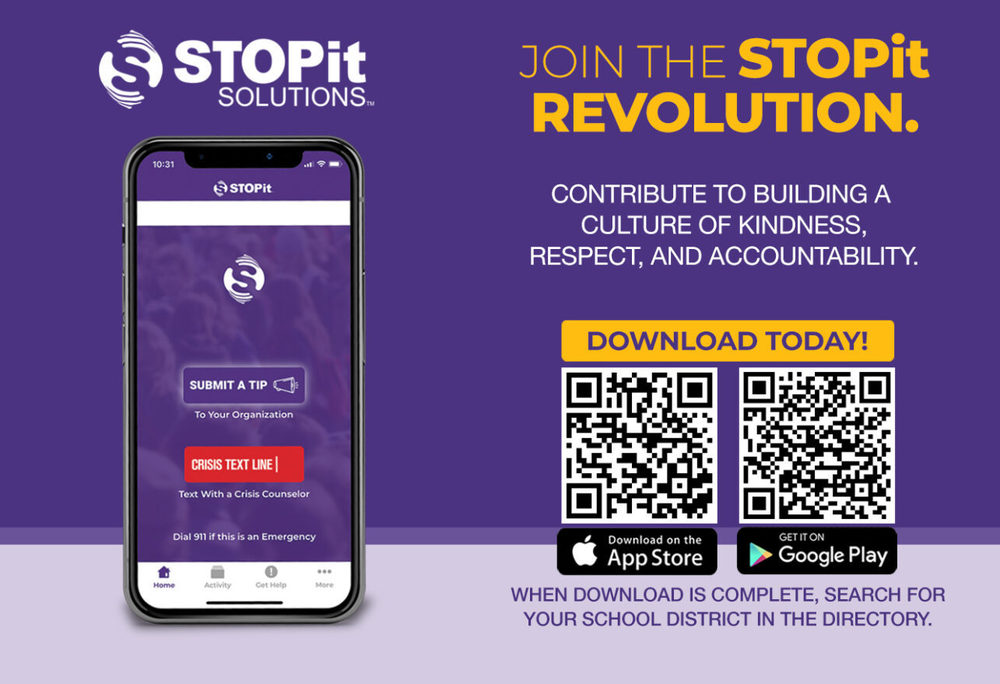
On school sites with hundreds of students, it’s inevitable that some of them will not always get along. Three principals in the Denair Unified School District – Breanne Aguiar (high school), Gabriela Sarmiento (middle school) and Laura Cardenas (elementary school) – recently addressed the issue of peer conflict on their campuses and the strategies they use to diffuse situations.
Question: What does peer conflict look like? What’s the difference between students simply not getting along and the kind of conflict that requires intervention by you or another staff member?
Answer: Peer conflict is a type of social friction between peers and can be posed in a variety of ways — from a student making comments about another student due to “hearing” about what they believe was shared about them to an instance of sharing misinformation on social media. Often, we have observed peer conflict that results from miscommunication, false information being shared and assumptions. Peer conflict is unavoidable and oftentimes provides an opportunity for growth and reflection among students through mediation and restorative practices. Peer conflict is much different than bullying. Bullying is when a student or group of students repeatedly and aggressively target another student’s and create an imbalance of power.
Q: How do you become aware of potentially serious peer conflict? What is the best way for students to alert you if they or someone they know has a problem?
A: Oftentimes, students share information with a trusted adult or report serious conflicts with the campus supervisor, administration or office staff. Across DUSD school sites, use of the STOPit application or connecting with a trusted adult has been the most effective way to notify staff about a conflict to ensure this is addressed immediately.
Q: Please explain how the STOPit app works?
A: The STOPit application has been implemented universally across the district since the 2019-20 school year. We want to promote the use of the anonymous STOPit reporting tool to ensure students and families are aware of how to report instances of peer conflict or concerns across campus. Additional information on STOPit can be found on the district webpage at https://www.denairusd.org/ParentsStudents/STOPit/index.html.
Q: Recognizing each situation is unique and respecting individual privacy, can you talk about some specific examples of the kinds of conflicts you’ve dealt with and how they were resolved?
A: At the site level, peer conflict may look like one student sharing information about another student. The information is then altered and shared with other students, thus causing social friction. This type of behavior can result in the continuation of misinformation being shared and lead to further conflict at school, as well as on social media. In this instance, students would engage in a structured mediation to resolve the conflict.
Q: How big of a role does social media play in peer conflict today?
A: Social media has a significant impact on peer conflict today. Information and misinformation alike can be shared within a matter of seconds. This has a direct impact on the number and frequency of peer conflicts seen across schools today.
Q: What should parents know about how you approach peer conflict? Are they notified?
A: Every incident of peer conflict is unique. Schools notify parents based on the severity of the conflict and the needs of individual students. As educators, we strive to equip students with the necessary skills to navigate and resolve peer conflict on their own, when appropriate.
Q: What role can/should parents play in identifying solutions?
A: Monitoring your child’s activity outside of school and talking with your child about how to address conflict is important. Reporting instances of conflict via STOPit or directly to office personnel is the first step to ensuring school staff address concerns promptly and mediate issues. Together, we can create and promote a positive and safe learning environment for all students.
